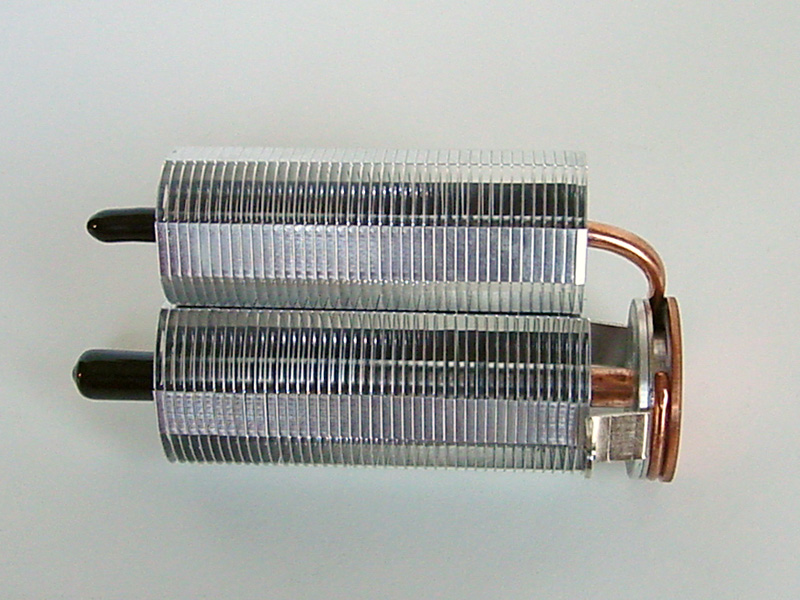t_ski
Former Staff
- Joined
- Apr 11, 2006
- Messages
- 11,941 (1.70/day)
| System Name | My i7 Beast |
|---|---|
| Processor | Intel Core i7 6800K |
| Motherboard | Asus X99-A II |
| Cooling | Nickel-plated EK Supremacy EVO, D5 with XSPC Bayres & BIX Quad Radiator |
| Memory | 4 x 8GB EVGA SuperSC DDR4-3200 |
| Video Card(s) | EVGA 1080 SuperClocked |
| Storage | Samsung 950 Pro 256GB m.2 SSD + 480GB Sandisk storage SSD |
| Display(s) | Three Asus 24" VW246H LCD's |
| Case | Silverstone TJ07 |
| Audio Device(s) | Onboard |
| Power Supply | Corsair AX1200 |
| Keyboard | Corsair K95 |
| Software | Windows 10 x64 Pro |
In the quest for silent performance, users are looking toward heatpipes for most of their cooling needs. Today we are looking at the new fanless chipset cooler from Zaward, called the Twin Towers. This chipset cooler has two heatpipes, one of which can rotate around the other to reduce compatibility issues. We put the Twin Towers to the test to see what kind of performance comes with its silence.
Show full review
Show full review
Last edited by a moderator:





 Whatever
Whatever